Students pursue unique recreational sports outside of school
Freshman Darren Gu lunges forward with his foil. The foils have blunt ends, as well as wiring to detect impact. His uniform also consists of a helmet.
In addition to the several varsity-level sports and variety of athletic classes such as capoeira and yoga offered at the Upper School, many students also pursue rigorous athletics outside of school, deeply committed to activities ranging from figure skating to crew. The athletics department allows these students to fulfill their athletics requirement through the sports they play outside of school, offering them PE credit.
“We feel that if a student has a passion for a sport, or has put a lot of time into it, we certainly want to support that,” Assistant to Director of Athletics Christine Collins said. Here, we highlight four athletes pursuing fencing, kendo, diving, and judo.
Stacey Chao:
Since freshman year, diving has led senior Stacey Chao to new heights.
After participating in gymnastics for several years, she followed a few of her peers by joining diving in response to gymnastics’ growing time commitment of 16 hours per week.
Because both sports rely on the same array of basic skills such as twisting and flipping, the transition was relatively easy for Stacey.
However, one aspect particularly distinguished diving from other sports for her – the ample time for deliberation participants have access to.
“You’re not constantly moving. The dive takes probably around 10 seconds, and in between there’s a lot of reflection,” she said. “That’s where I usually analyze what I’ve done, and what I have to improve on.”
Stacey practices at Santa Clara Swim Club two days each week for up to three hours per session, allowing her to manage athletics with the rest of her responsibilities.
“As soon as I get one dive mastered, I move onto another one,” she said.
The process of learning new dives can often be challenging, particularly getting back up after falling.
“Water hurts — a lot,” she said.
Darren Gu:
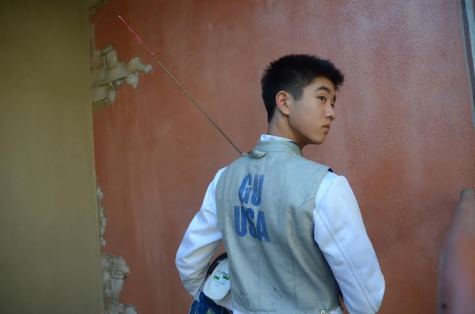
Darren Gu (9) poses in his fencing uniform. He first began fencing in the fourth grade.
Five years after joining fencing, freshman Darren Gu now competes nationally. He first delved into the world of competitive fencing in middle school after starting the sport in fourth grade.
“Before that, I still didn’t have the mentality for fencing. I didn’t really train as hard because I didn’t have the motivation,” he said.
Now, Darren looks towards his teammates at Silicon Valley Fencing Center and his love for the sport to encourage him.
At a national competition last year, Darren qualified for the Top 8. While tied in the last three seconds of his final match, he won by completing a Beat 4 Double Disengage to the chest.
“It was flawless – perfect technique, perfect action, and that moment made me realize that I had it in me to be a good fencer,” he said.
Darren particularly enjoys the intense planning that accompanies fencing.
“Fencing is more strategically oriented. The thing that differentiates a top level fencer from a mediocre fencer is purely the head,” he said.
Darren aspires to reach the country’s Top 20 within his age category in hopes of qualifying for the World Cup. He has accumulated 64 national points.
Although Darren hopes to pursue fencing through the rest of high school, he is unsure about the time commitment professional and collegiate fencing would demand. Currently, he practices three hours a day, four days a week.
Eugene Gil:

Eugene Gil (12) was first introduced to kumdo, a Korean variation of kendo, in Korean elementary school. She hopes to continue her involvement in the martial art next year at a club or dojo.
Eugene Gil (12) was first introduced to a Korean variation of kendo through her Korean elementary school and began pursuing the martial art heavily in middle school.
“Kendo may be grueling, but it’s also very stress relieving, so it’s actually really fun,” she said.
Consisting of several components such as bamboo sticks and heavy armor, kendo is a multi-faceted sport, creating an extremely fast-paced and exciting atmosphere for participants.
“When you’re facing your opponent, and it’s the moment right before who will strike first. You can feel the tension,” Eugene said.
Because most Kendo competitions are held in southern California, Eugene has not been able to enter many of them, but she considers achieving Black Belt one of the defining moments of her career.
Eugene considers maintaining endurance the most challenging aspect of kendo. For Eugene, the most challenging aspect of kendo is maintaining endurance.
“Just to have the mental strength to keep your concentration and not complain is really hard,” she said.
In college next year, Eugene hopes to join a nearby kendo club or dojo.
Helen Woodruff:
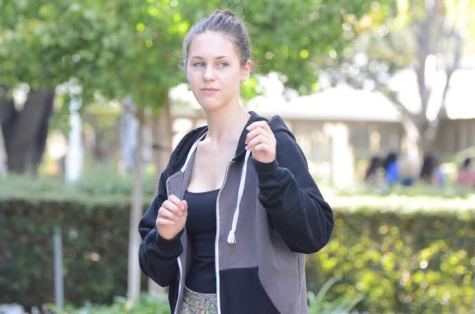
Helen Woodruff (11) has been competing in judo since age five.
Inspired by her sister, junior Helen Woodruff leapt into judo at the age of five. She continues to compete today, aspiring to achieve black belt, motivated by her friends at the club she trains at.
“I’ve grown up with the people in my club, so they’re like another family to me,” she said.
Beyond athleticism, Helen found that judo also taught her about self-control and respect, traits emphasized by her instructors. She practices about two and a half hours per day, twice a week, but has had to adjust her commitment as a result of schoolwork and other responsibilities.
“It’s been challenging keeping up with it. A lot of the people I traveled and competed with have graduated,” she said.
Judo emerged as a sort of “habit” for Helen, after being immersed in the sport for 12 years.
“I’ve been doing it for so long that there’s not one thing that defines judo. It’s a combination of lessons, people, and memories,” she said.
She hopes to pursue judo through the rest of her high school career.
This piece was originally published in the pages of The Winged Post on October 17, 2014.
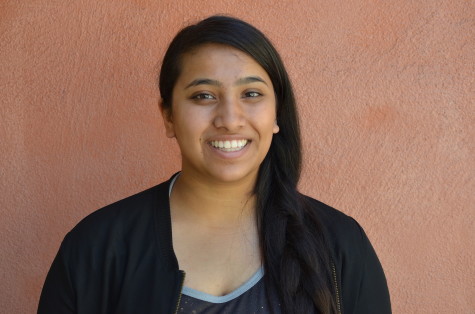
Tiara Bhatacharya is the Opinion editor for Harker Aquila. She is a senior and has been part of the journalism program since her sophomore year. Her favorite...


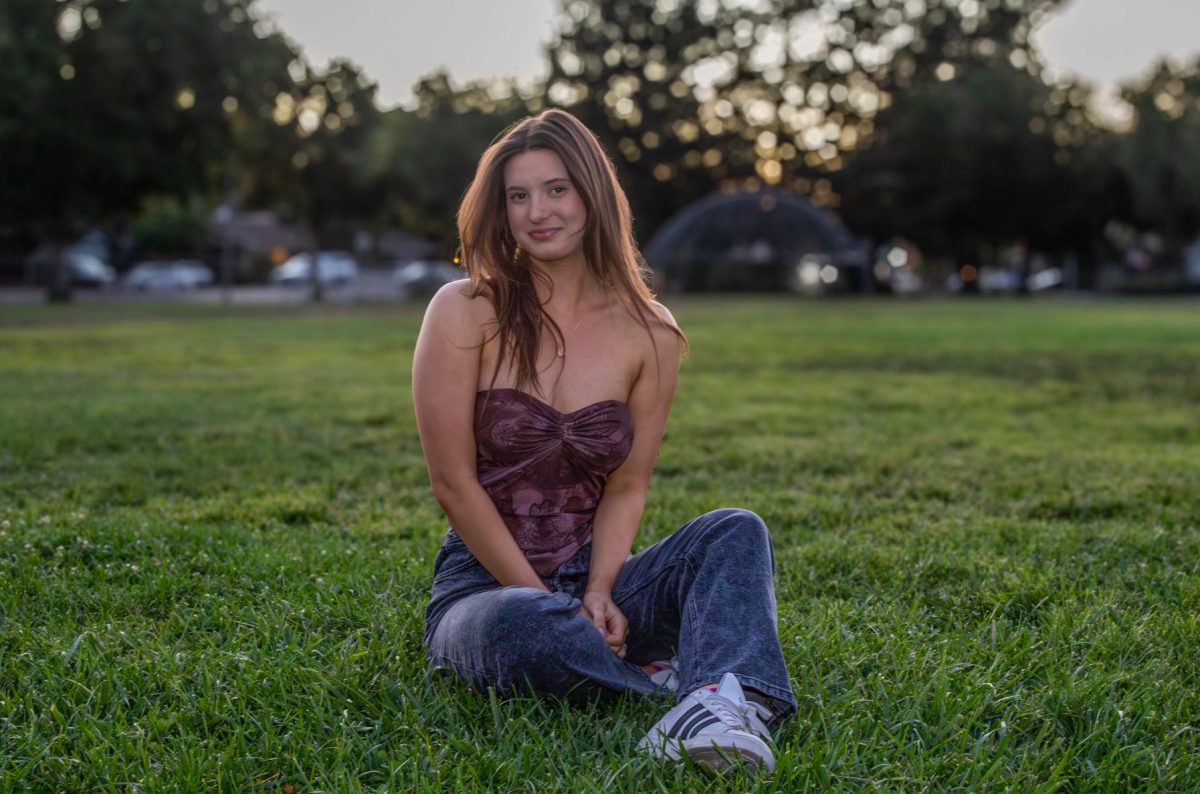
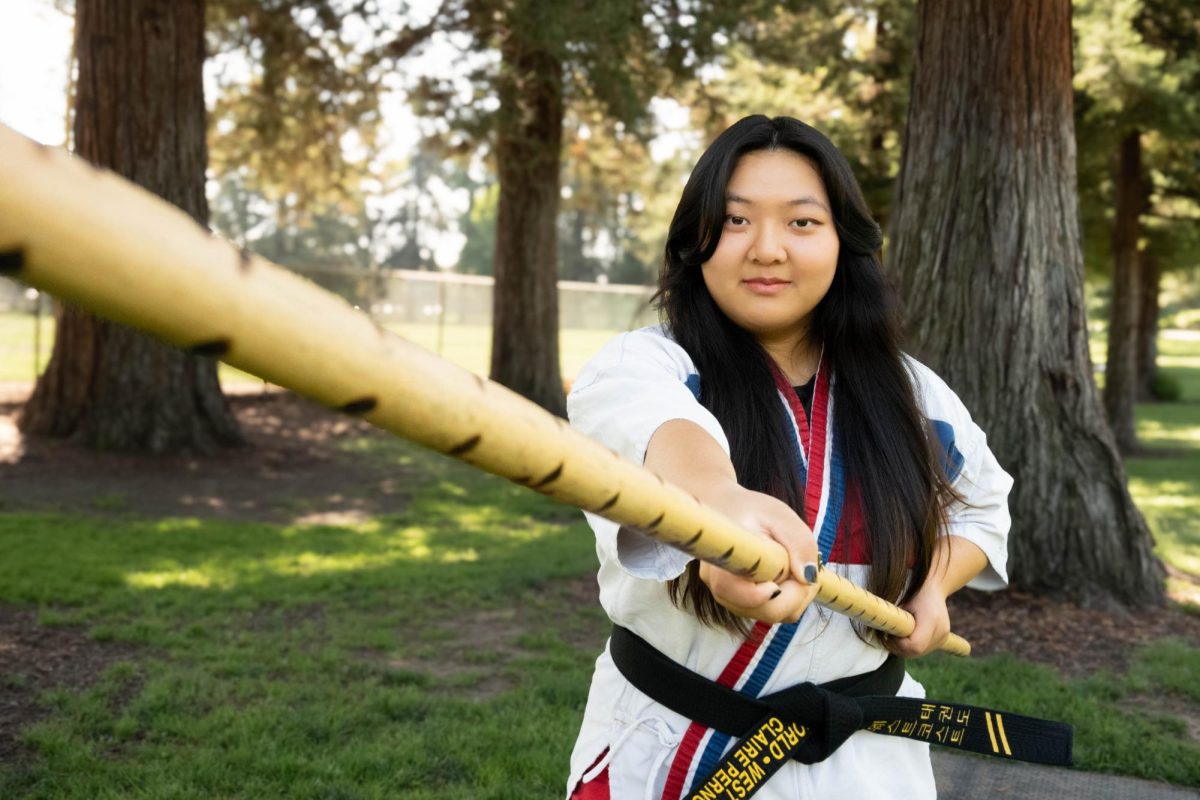
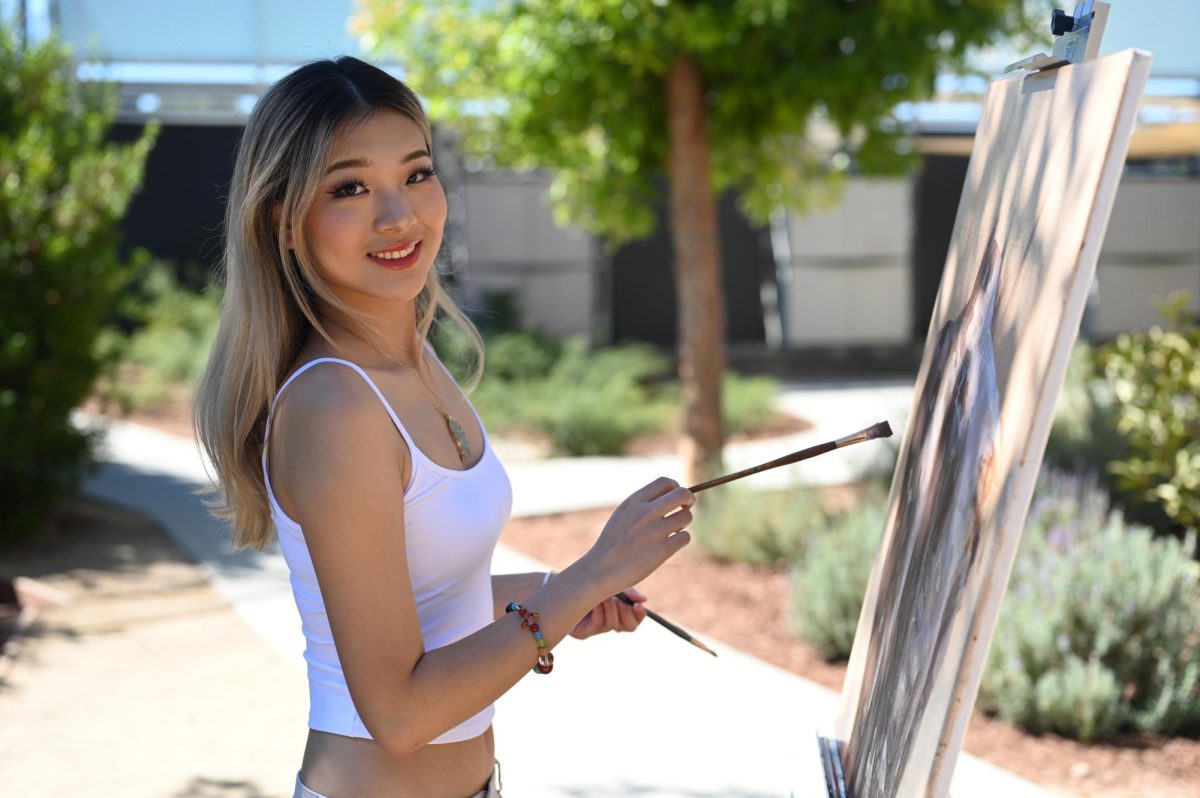
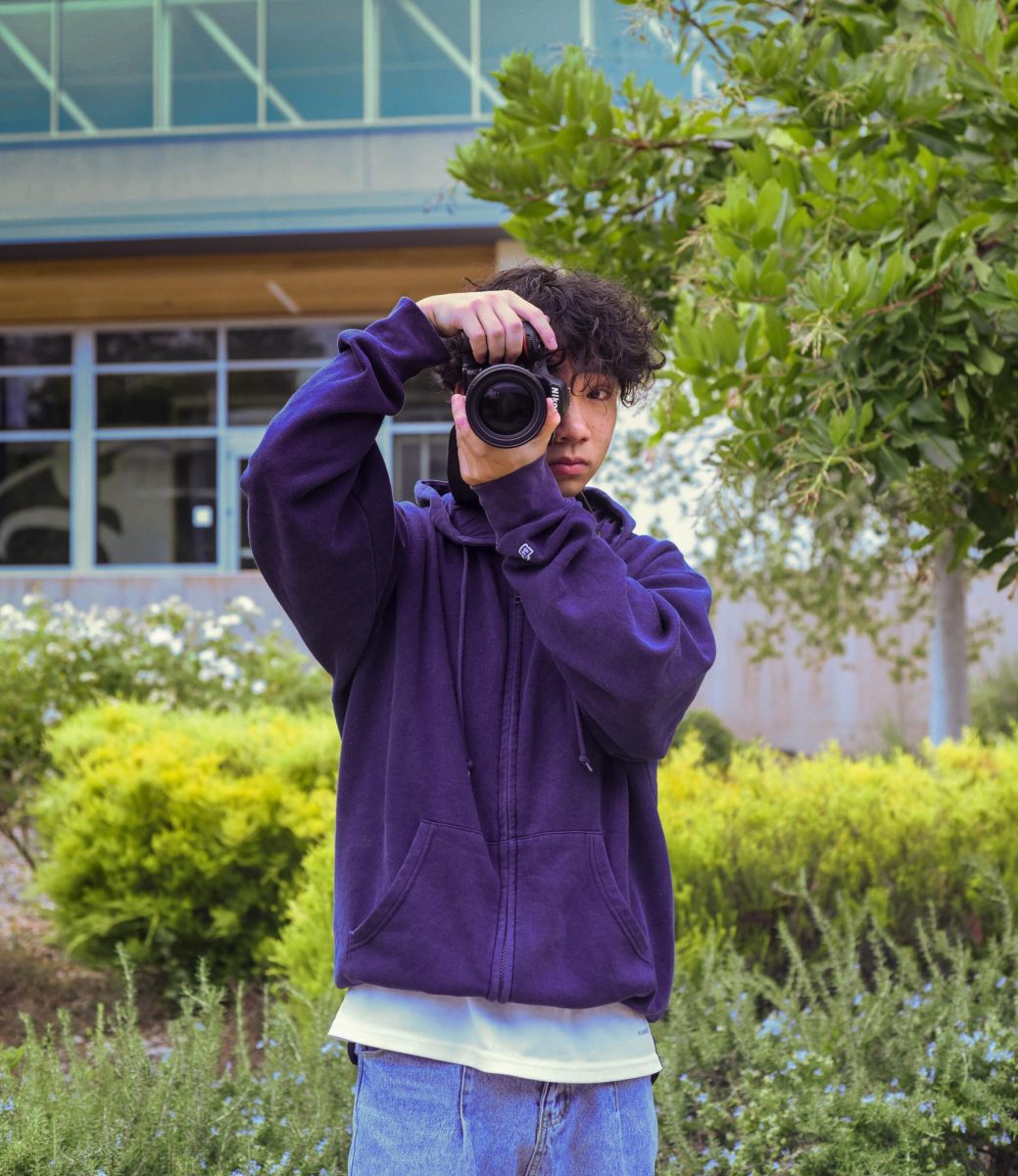












![“[Building nerf blasters] became this outlet of creativity for me that hasn't been matched by anything else. The process [of] making a build complete to your desire is such a painstakingly difficult process, but I've had to learn from [the skills needed from] soldering to proper painting. There's so many different options for everything, if you think about it, it exists. The best part is [that] if it doesn't exist, you can build it yourself," Ishaan Parate said.](https://harkeraquila.com/wp-content/uploads/2022/08/DSC_8149-900x604.jpg)




![“When I came into high school, I was ready to be a follower. But DECA was a game changer for me. It helped me overcome my fear of public speaking, and it's played such a major role in who I've become today. To be able to successfully lead a chapter of 150 students, an officer team and be one of the upperclassmen I once really admired is something I'm [really] proud of,” Anvitha Tummala ('21) said.](https://harkeraquila.com/wp-content/uploads/2021/07/Screen-Shot-2021-07-25-at-9.50.05-AM-900x594.png)







![“I think getting up in the morning and having a sense of purpose [is exciting]. I think without a certain amount of drive, life is kind of obsolete and mundane, and I think having that every single day is what makes each day unique and kind of makes life exciting,” Neymika Jain (12) said.](https://harkeraquila.com/wp-content/uploads/2017/06/Screen-Shot-2017-06-03-at-4.54.16-PM.png)








![“My slogan is ‘slow feet, don’t eat, and I’m hungry.’ You need to run fast to get where you are–you aren't going to get those championships if you aren't fast,” Angel Cervantes (12) said. “I want to do well in school on my tests and in track and win championships for my team. I live by that, [and] I can do that anywhere: in the classroom or on the field.”](https://harkeraquila.com/wp-content/uploads/2018/06/DSC5146-900x601.jpg)
![“[Volleyball has] taught me how to fall correctly, and another thing it taught is that you don’t have to be the best at something to be good at it. If you just hit the ball in a smart way, then it still scores points and you’re good at it. You could be a background player and still make a much bigger impact on the team than you would think,” Anya Gert (’20) said.](https://harkeraquila.com/wp-content/uploads/2020/06/AnnaGert_JinTuan_HoHPhotoEdited-600x900.jpeg)

![“I'm not nearly there yet, but [my confidence has] definitely been getting better since I was pretty shy and timid coming into Harker my freshman year. I know that there's a lot of people that are really confident in what they do, and I really admire them. Everyone's so driven and that has really pushed me to kind of try to find my own place in high school and be more confident,” Alyssa Huang (’20) said.](https://harkeraquila.com/wp-content/uploads/2020/06/AlyssaHuang_EmilyChen_HoHPhoto-900x749.jpeg)



